Ship Ballast Water System
Ballast water is critical to the safe and efficient operation of shipping. Wing and double bottom tank ballast water level measurement is used to control ship trim, draft, and heel, reduce hull deformation and improve empty space airworthiness.
At the same time, ballast water poses a serious threat to marine ecology, the economy, and public health. In order to protect the ecological environment, safeguard public health, and property safety, according to the regulations of the International Maritime Organization, ships must be equipped with ballast water treatment equipment.
Due to the different types, purposes, and tonnage of the ship, as well as different positions, sizes, and number of ballast water tanks on the ship, generally, ships can use a fore peak tank, stern peak tank, double bottom tank, side tank, topside tank, and deep tank as ballast water tanks. Cargo tankers can use both cargo tanks and ballast tanks.
1. There are three types of pipeline layouts for ship ballast water systems: branch pipe type, main pipe type, and pipe tunnel type.
2. The suction pipe in the ship's ballast water tank should also have the function of adding water.
3. The ballast suction port of each ballast water tank is to be arranged at a position conducive to the discharge of ballast water.
4. In order to meet the working characteristics of the ballast water system and simplify the pipeline, the barge valve box is often used to adjust the ballast water of each ballast water tank.
5. The ship's ballast water system shall be able to transfer the ballast water in and out of each ballast tank of the whole ship or transfer each other. Also, it can work without using a ballast pump, outboard seawater flows into the ballast water tank automatically by pressure difference.
There are many types of ballast water management systems, all of which require measurement of incoming water flow, tank level, and system pressure for control. Since these instruments are essential, reliability and stability are key specifications.
Of course, in addition to the ballast water system, Micro Sensor can provide professional monitoring solutions for different systems such as water circulation cooling systems, ship water supply, and ship sewage treatment.
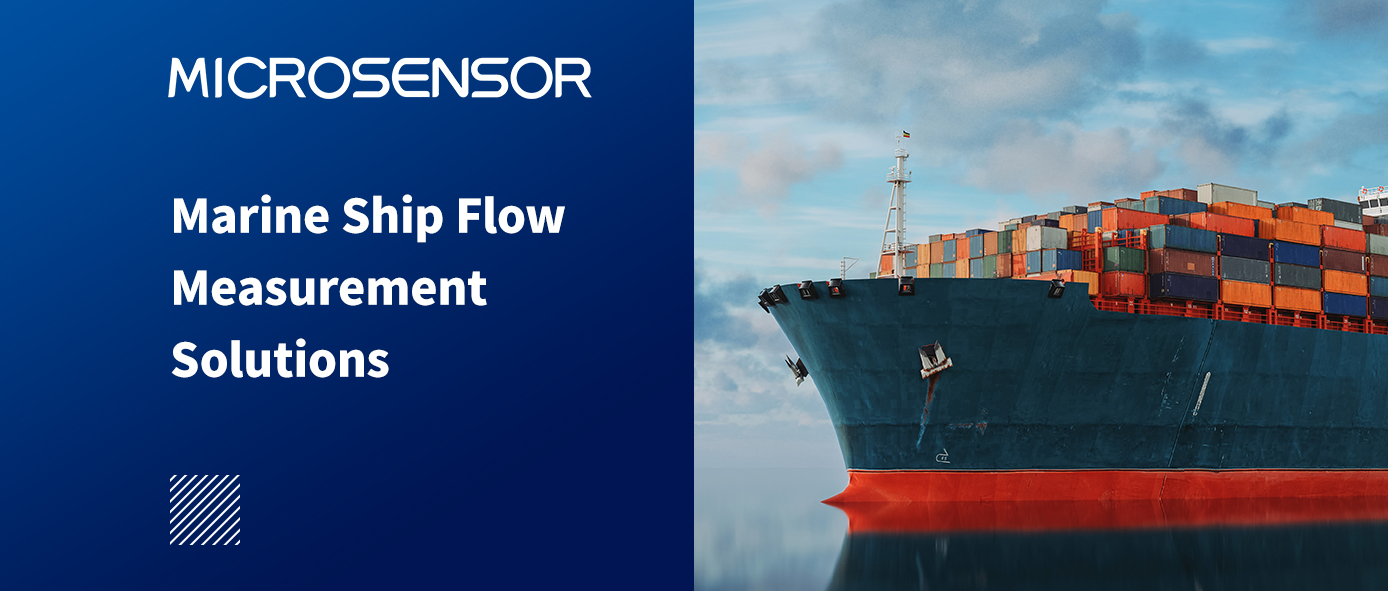
Ship Water Circulation Cooling System
The function of the ship cooling system is to use seawater or fresh water to cool the ship's main engine and auxiliary engine systems' excessive heat after doing work, so as to prevent the equipment from being unable to work or a piping system damage due to excessive temperature. It is mainly divided into three types: open seawater cooling system, closed fresh water cooling system and central cooling system.
It mainly monitors the flow of seawater pipelines and freshwater pipelines, provides data decision-making basis for the cooling control system, and optimizes energy consumption.
Goal
The main task of the ship's cooling water control system is to automatically control the actuator with the change of heat load to ensure the stability of the cooling water temperature.
Difficulties
Ship cooling water control systems generally consume a lot of energy, the actuators are frequently worn and worn, and the control temperature is unstable.
Control Process
The temperature of low-temperature fresh water is mainly achieved by changing the bypass flow through the central cooler through the regulating valve. The action of the regulating valve is adjusted proportionally by the control system detecting the temperature changes of seawater and fresh water.
The seawater flow is controlled by the system to switch among four kinds of seawater flow, aiming to control the seawater pumped into the system without excess to ensure the heat exchange efficiency of the central cooler, thus achieving maximum energy saving and optimal control of seawater flow.
Ship Water Supply System
The function of the ship water supply system is to meet the daily water needs of the crew and passengers, which can be divided into drinking water system, washing water system and sanitary water system. The instruments are mainly installed on the water supply pipelines for water consumption statistics.
The main equipment of the water supply pipeline includes water pumps, water tanks and water heaters. The water supply methods of ships are different, and so do the water supply pipelines. The flowmeter is mainly installed on each pipeline.
Gravity Water Supply
The feature of gravity water supply is that the water in the water tank flows through the pipeline to the water points of the whole ship by the action of gravity. Therefore, all gravity water tanks provided on board must be arranged on the deck higher than the water space. This water supply pipeline is very simple, the water pump injects water to the water tank which is directly connected with the water place with pipes and valves.
Pressure Water Supply
Pressure water supply is characterized by the use of sealed pressure water tanks instead of gravity water tanks. The water is sent to various water places by means of the pressure of the air in the water tank. On large and medium-sized ships, at least two pressure tanks should be set up: one is a seawater pressure tank to supply sanitary water; the other is a clean water pressure tank to supply domestic water. The arrangement of this pressure tank is not limited by height.
Onboard Sewage Treatment System
The onboard sewage treatment system refers to the device system that treats the sewage generated by the ship, including the domestic sewage (black water), gray water and ship oily sewage. The equipment is mainly installed in sewage collection pipelines and sewage discharge pipelines, and is usually used to monitor domestic sewage treatment equipment, ship bottom sewage treatment equipment, and ballast water treatment equipment.
Recommended Products
Micro Sensor offers MFE600E electromagnetic flowmeter, MPM4700 liquid level transmitter and MPM4730 pressure transmitter that meet the marine certification standards for ships to achieve precise control of the ship's ballast water system.
MFE600E Electromagnetic Flowmeter
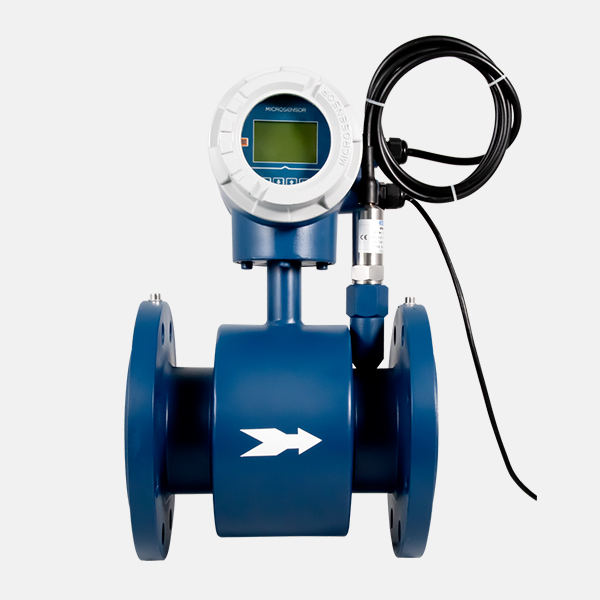 | • Range: flange type DN6 ~ DN1600 • Accuracy: 0.2%, 0.5% • Simple structure, convenient to install • Multi-electrode structure, high precision • Equipped with the ground electrode • CCS Ship use |
MPM4700 Intelligent Temperature Liquid Level Transmitter
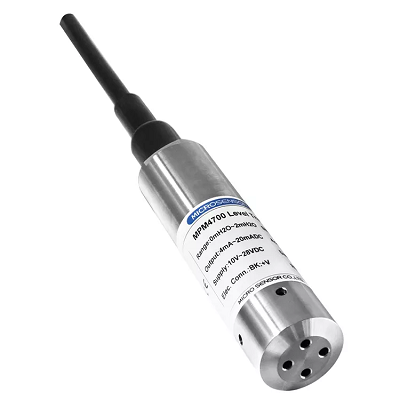 | • Range: 0mH2O ~ 1mH2O…200mH2O • Accuracy: 0.25%FS • Output: 4mA~20mA DC, digital RS485 • DNV Ship use |
MPM4730 Pressure Transmitter
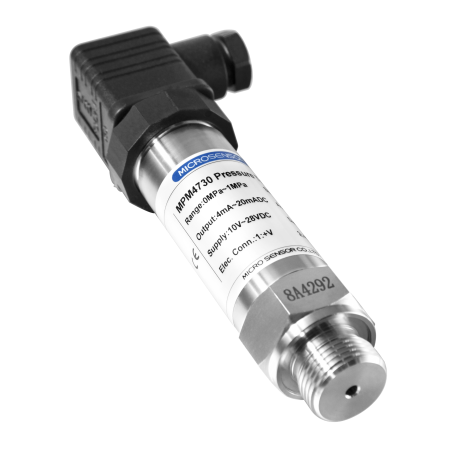 | • Range: -1bar...0~0.1bar…1000bar • Integrated structure, no external adjustment required • Long-term stability and reliability, and can be used stably for a long time • RoHS, DNV ship-use |
Therefore, no matter what system you want to use for monitoring the ship, if you choose the Micro Sensor, we will provide you solutions with the advantages below:
1. The comprehensive solution which can solve the problems of on-site flow, pressure, temperature, and liquid level monitoring very well with convenient data collection, both analog and digital outputs signals, and easy installations.
2. The products used are durable and resistant to seawater erosion.
3. Our sales engineers will provide full technical services to ensure satisfactory use.
In the future, Micro Sensor will continue to provide professional monitoring solutions and customized products for various fields.
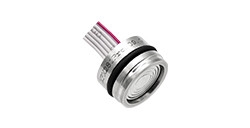

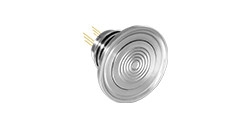

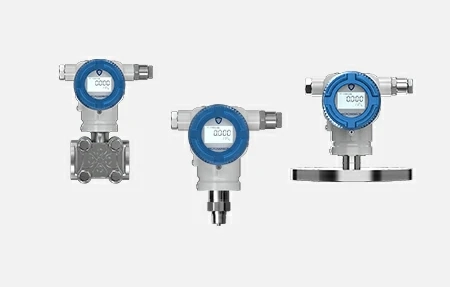

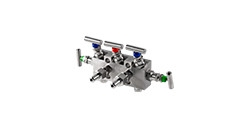
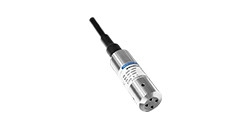
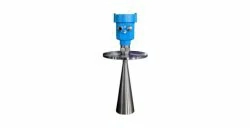


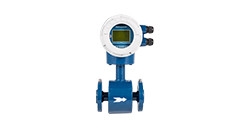
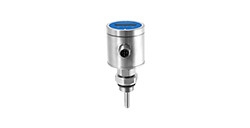

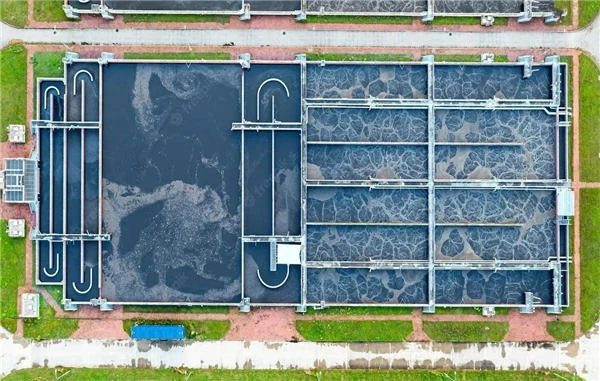
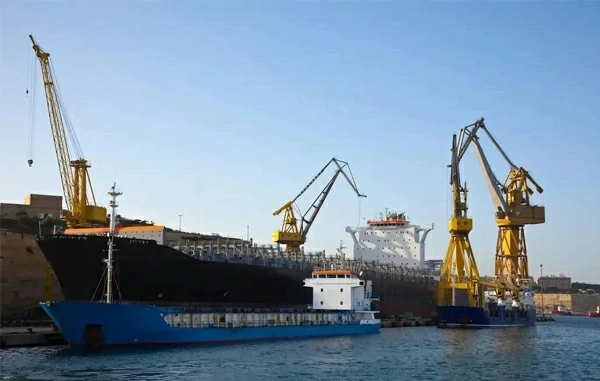
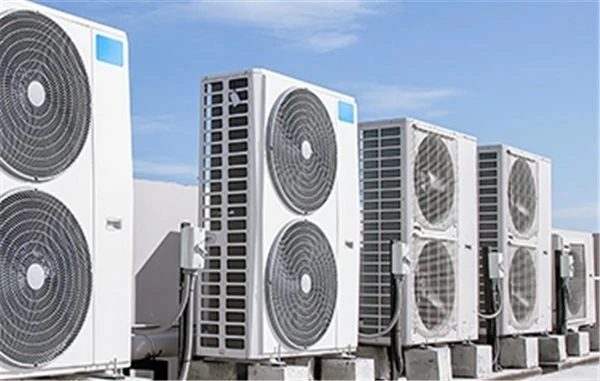

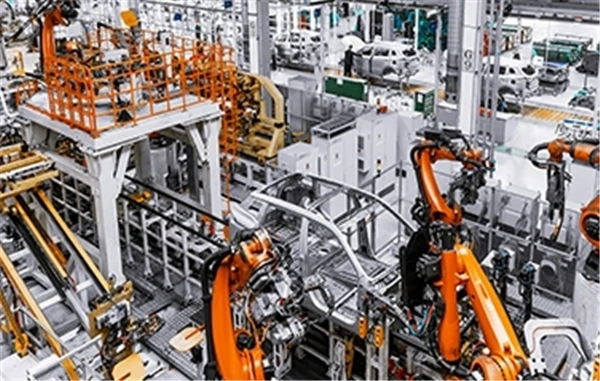
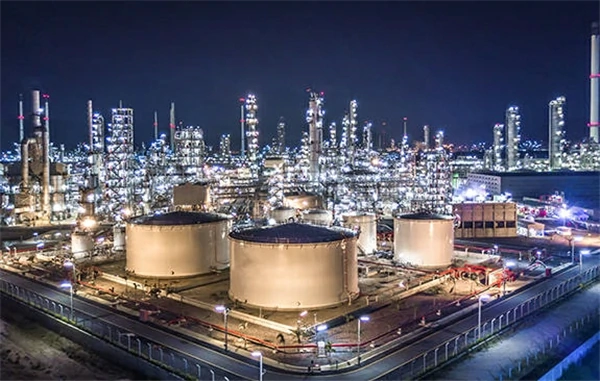
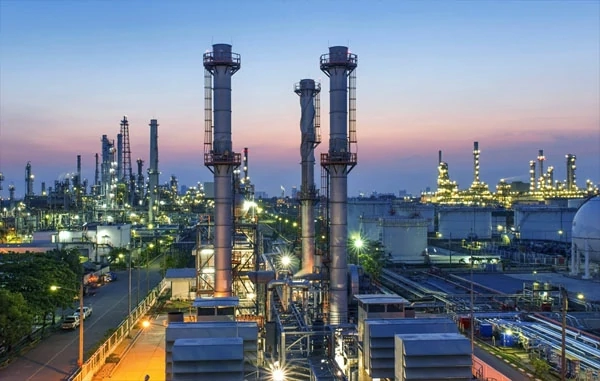
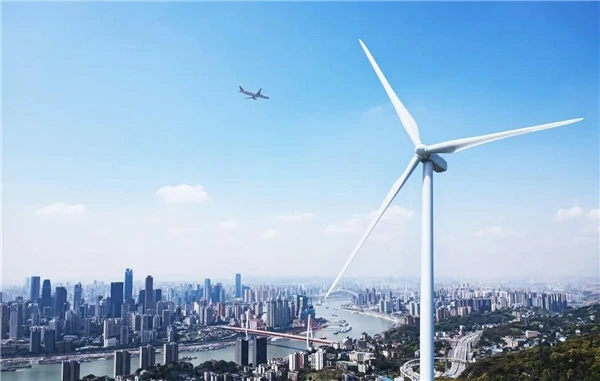
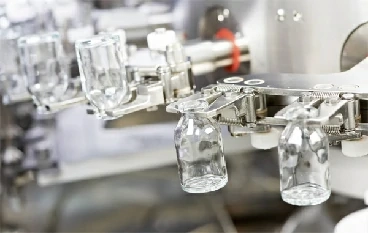
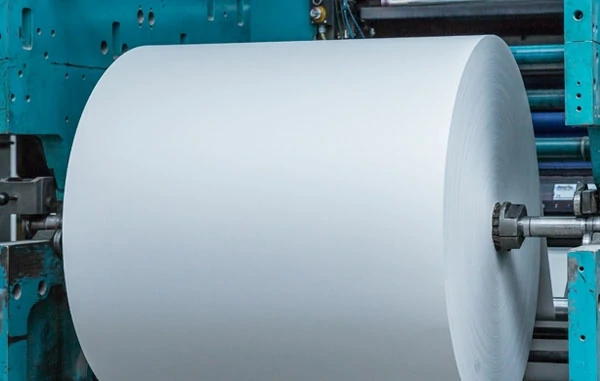
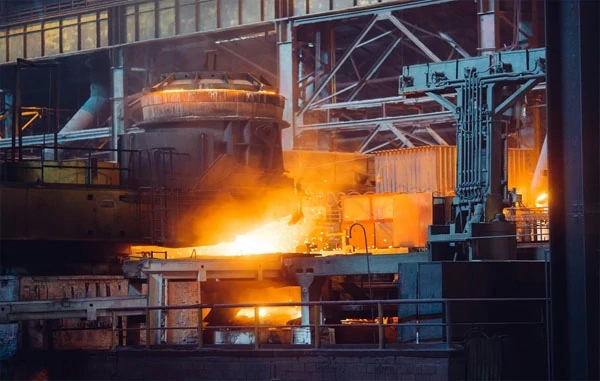
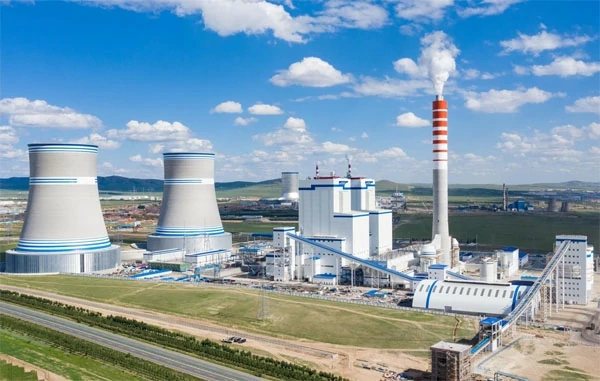

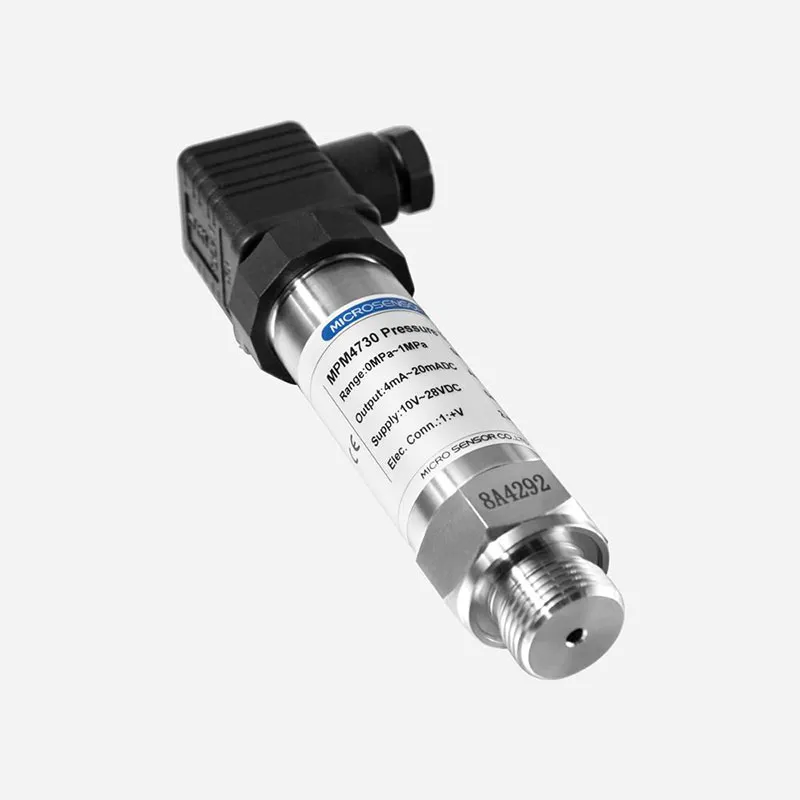
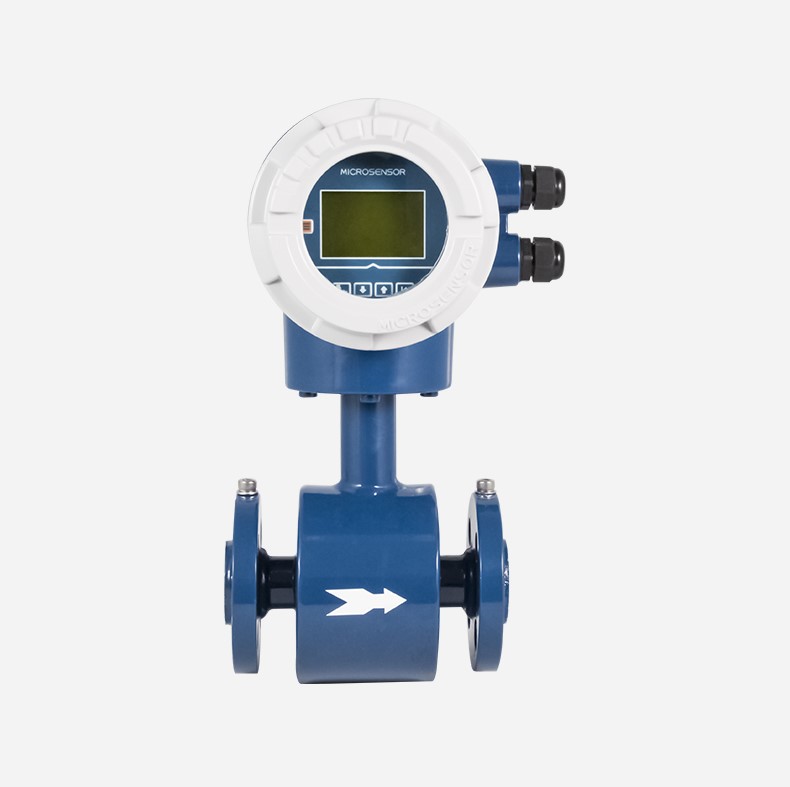
 Copyright © 2026 MICRO SENSOR CO., LTD
Copyright © 2026 MICRO SENSOR CO., LTD